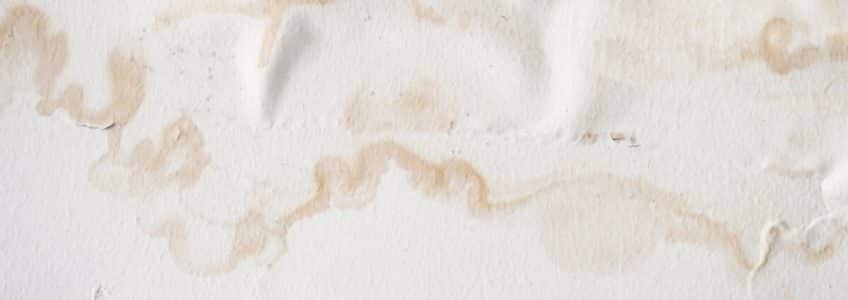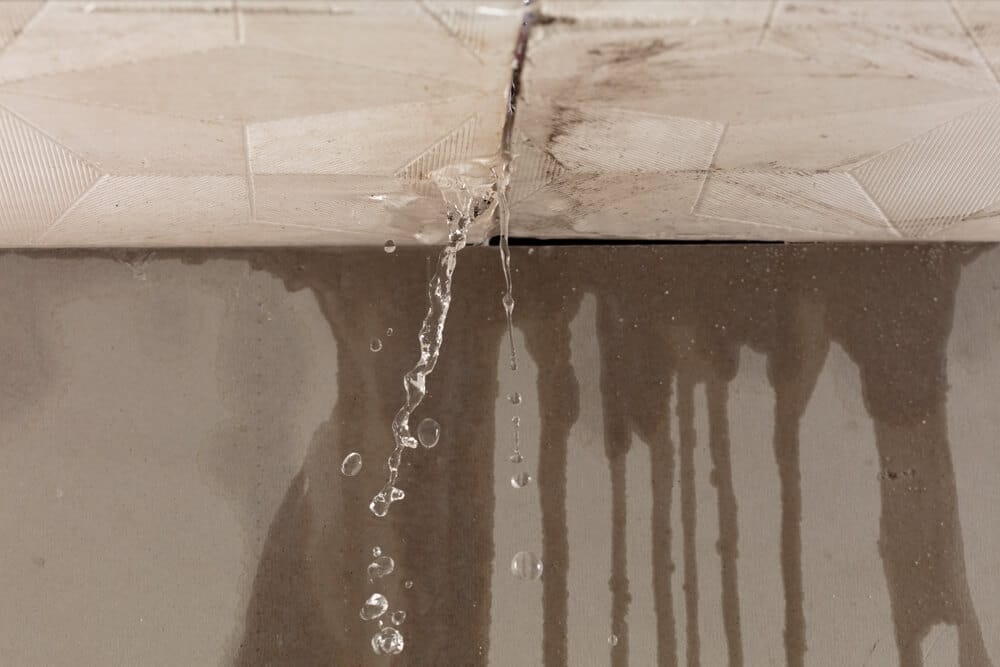
Water stains on ceilings are more than just an eyesore; they often signal a deeper issue that, if ignored, could lead to costly repairs. Whether it’s a small yellowish spot or a large, dark patch, these marks indicate moisture problems that can weaken the structure of your home. Understanding what causes these stains and how to fix them will help you maintain your home’s integrity and prevent further damage.
What Causes Water Stains on Ceilings?
Water stains on ceilings don’t just appear out of nowhere. They are typically a sign of moisture seeping through the ceiling material due to various reasons. Identifying the source is crucial for preventing recurring problems.
Roof Leaks
A common cause of water stains is a leaky roof. Damaged or missing shingles allow rainwater to seep through, leading to damp spots on the ceiling. If the stain is located near the edges of the room or below the attic, a roof leak is a likely culprit.
Plumbing Issues
Leaky pipes running through ceilings can cause water to pool and create noticeable stains. This is especially common in multi-story homes where plumbing lines run between floors. A slow leak from a bathroom fixture, such as a bathtub drain or toilet pipe, can go unnoticed for a long time until the stain appears.
Condensation Build-Up
In humid areas, condensation from poorly ventilated spaces can lead to moisture buildup on ceilings. This often occurs in bathrooms, kitchens, and attics where steam and warm air accumulate. Over time, the excess moisture leads to staining and even mold growth.
Faulty HVAC Systems
Air conditioning units and heating systems with clogged or leaking ducts can cause moisture to drip onto ceilings. This is particularly common when insulation around ducts is inadequate, leading to condensation that seeps into the ceiling material.
Overflowing Gutters
Clogged or misaligned gutters can force rainwater to back up and seep under the roofline. This can cause leaks that appear as ceiling stains, particularly along the edges of rooms near exterior walls.
How to Fix Water Stains on Ceilings
Repair the Source of the Leak
Before fixing the stain, the first and most important step is stopping the source of the water intrusion. Whether it’s a leaky roof, a broken pipe, or a condensation problem, addressing the root cause ensures the stain won’t return.
- For roof leaks: Check for missing or damaged shingles and replace them as needed.
- For plumbing issues: Inspect pipes for leaks and replace any worn-out seals or damaged sections.
- For condensation problems: Improve ventilation in affected areas by installing exhaust fans or using a dehumidifier.
Dry Out the Area
After stopping the leak, the affected area must be completely dry before proceeding. Use fans, heaters, or a dehumidifier to speed up the drying process. If the ceiling material is severely soaked, replacing the drywall may be necessary to prevent mold growth.
Remove the Stain
Once the area is dry, clean the stain to prevent discoloration from bleeding through fresh paint.
- Mix a solution of one part bleach to three parts water and gently scrub the stained area with a sponge.
- Allow the solution to sit for a few minutes before wiping it off with a clean, damp cloth.
- Let the ceiling dry completely before proceeding to the next step.
Apply a Stain-Blocking Primer A primer
designed to block stains will prevent any discoloration from seeping through the paint. Use an oil-based or shellac-based primer and apply an even coat over the affected area.
Repaint the Ceiling
Once the primer is dry, repaint the ceiling using a high-quality interior paint that matches the surrounding area. Use at least two coats for full coverage and a seamless finish.
Preventing Future Water Stains
- Inspect your roof regularly and replace any damaged shingles promptly.
- Clean out gutters and downspouts to prevent water buildup near the roofline.
- Check plumbing fixtures for slow leaks and fix any issues early.
- Improve ventilation in bathrooms and kitchens to minimize moisture buildup.
- Schedule HVAC maintenance to ensure ducts and units aren’t leaking condensation.
Final Thoughts

